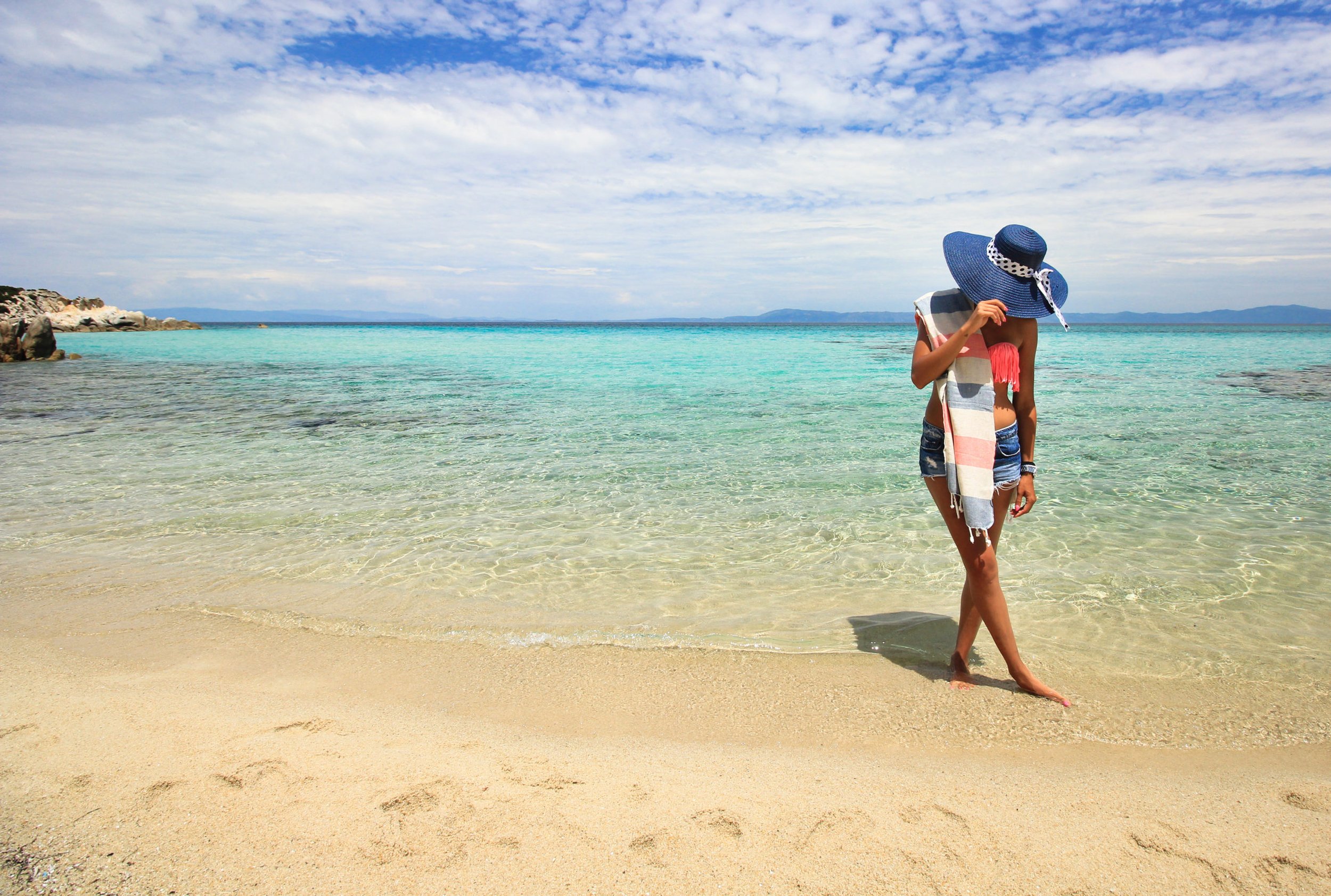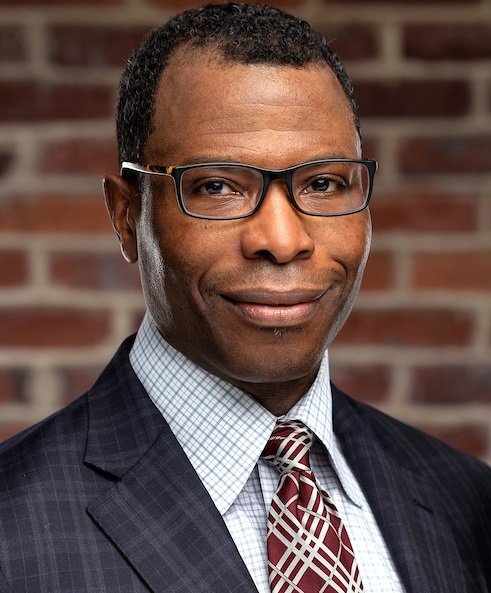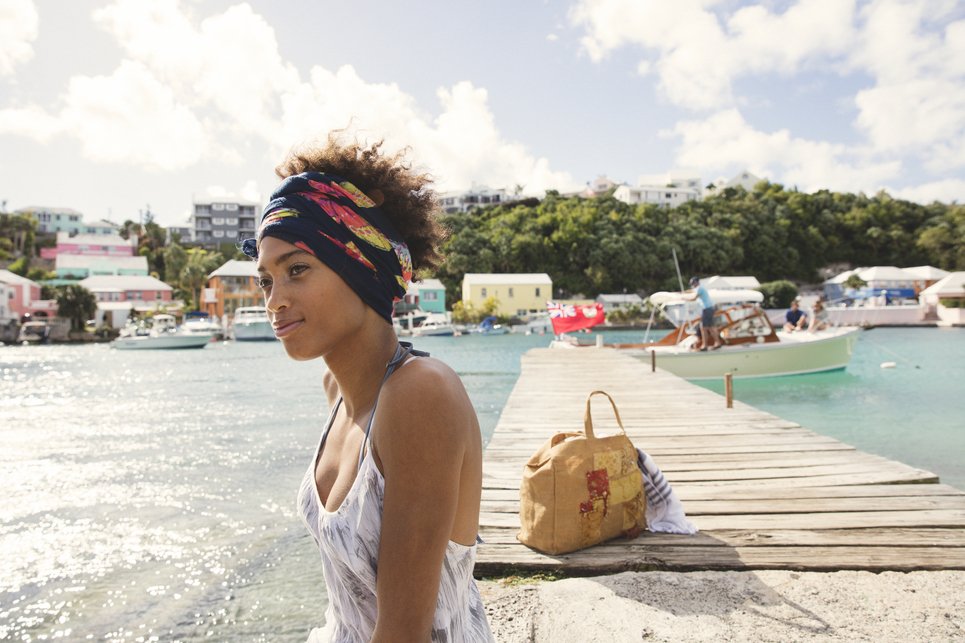Black Travelers Matter: So why is our industry so damn white? (Part two)
In my previous post, I wrote to you about the issues of racism and diversity and how the travel industry comes up short in multiple ways. I also shared insights and advice from experts I’ve spoken to. I’ve received a sizable number of responses so far. Most have been positive, thanking me for exploring the subject. Others have complained that I’ve waded into politics—however, I see this not as a political issue but as a business issue. Today, I focus on the subjects of marketing and operations, as well as the concept of “anti-racism,” and make the business case for why diversity matters. If you missed the last post, you may read it here.
What Message Does Your Advertising Send? Diversity in Marketing
As Tyronne Stoudemire, Vice President of Global Diversity and Inclusion for Hyatt, pointed out in my last post, optics are critical to recruitment efforts, ensuring that members of minority groups can see people who look like them succeeding at your company. Arguably even more important is that your marketing efforts reflect the diversity of your potential customer base. To put it bluntly, if your advertising, social media feeds, and website imagery only show white people, it sends a message that your brand only welcomes white people. That means hiring models and influencers of various races and backgrounds (but especially Blacks) and ensuring that a similarly diverse mix of journalists are invited on your press trips.
 Why? Because Blacks (and Asians and Latinos) do buy luxury travel, and their purchasing power is only increasing. “I don't know how well informed we are, as an industry, about the opportunity of Black travel. It's a $63 billion business,” says Tristan Dowell, Hyatt’s Global Vice President of Luxury, Lifestyle & Leisure, citing a study done by Mandala Research in 2018. “It's one of the fastest-growing segments within the United States alone.”
Why? Because Blacks (and Asians and Latinos) do buy luxury travel, and their purchasing power is only increasing. “I don't know how well informed we are, as an industry, about the opportunity of Black travel. It's a $63 billion business,” says Tristan Dowell, Hyatt’s Global Vice President of Luxury, Lifestyle & Leisure, citing a study done by Mandala Research in 2018. “It's one of the fastest-growing segments within the United States alone.”

Elliott Ferguson, President and CEO of Destination D.C., who also serves as Chairman of the U.S. Travel Association, says that diversifying your marketing efforts makes good business sense—as does diversifying the teams that work on the marketing itself. “Let’s face it: Everyone wants to make a dollar, and sometimes they don't care who they sell to,” he says. “So it makes sense to have individuals on your team that represent the group that you're going after. Why not have a woman to bring a woman's perspective on whatever your marketing, why not have a Black or a Latino person. If you really want to sell a product to a diverse crowd, you should have a diverse team working on marketing it.”
Yana Gutierrez, a longtime Black travel executive who formerly served as Vice President of Strategic Partnerships for American Express, recalls sitting on an advisory board for a major luxury cruise company and previewing its new ad campaign. “I pointed out that there was not a single person of color depicted. The ad agency acknowledged that I was right, but sort of shrugged in response,” she says. “There was no sense of urgency or any recognition that broadening the message would have a much bigger and beneficial impact. I was disappointed by that reaction, and probably more disappointed that not much has changed since then.”
That complacency is what Travis Levius, a travel journalist and photographer who contributes to Condé Nast Traveler, CNN Travel, and others, hopes the renewed attention to race in America will address. “That's just the way things have been, so why try to rework the formula?” is how he characterizes travel marketers’ thinking. “But studies show that people of underrepresented communities would likely buy from a brand where they can see themselves. So, if you’re not showing people of different races, then you're really losing out.”
Levius is a founding member of the Black Travel Alliance (BTA), which was founded in June by a group of Black content creators with the mission of supporting each other, while holding destinations and travel brands accountable on the inclusiveness of their marketing efforts. It formed in response to #BlackOutTuesday on June 2, when many travel companies joined other brands in posting black squares on Instagram to signal their support of the Black Lives Matter movement. “We noticed a lot of the travel brands that many of us have pitched to in the past, but didn’t want to work with us, were now standing in ‘solidarity’ with their Black brothers and sisters,” says Tomiko Harvey, a BTA launch member who publishes the blog Passports & Grub. “If you really mean that, there needs to be equity in the travel space. It can't just be a trend.”
The BTA, along with other advocacy groups like media company Travel Noire and NOMADNESS, a community of Black influencers, is pushing travel brands to hire their talented members and thereby reach a broader audience. They also want to ensure that Black content creators are treated equitably. Harvey says that she is often invited to stay at luxury hotels to write about them, but that she doesn’t see her content featured on the property’s own channels—whereas white collaborators do. Levius has had similar experiences. “I've definitely been to hotels where I’ve taken a really great photo, but it doesn’t get featured, while someone else that doesn't look like me is featured just a week later. That’s a very wide-reaching complaint from a lot of Black content creators.”

It’s not difficult to find Black talent—Levius posted his own mini-directory on his Instagram feed, and the BTA is creating a directory. “A lot of times Black people don't feel encouraged to pitch a certain brand because they don't see themselves reflected there,” Levius says. “It's going to have to be a two-way situation, where brands make a bit more effort by reaching out themselves.”
That’s an imperative echoed by Glenn Jones, the interim CEO for the Bermuda Tourism Authority, which made a concerted effort to include Black models in its advertising (see a sample video from a recent campaign here) and set a goal of doubling Black visitors by 2025. “Representation is obviously important,” he told Skift recently, “but it’s also important to extend the invitation. I’m a Black traveler and I certainly respond well when I feel I’m being invited to a destination.”
WHAT YOU CAN DO
- Make a concerted effort to include more Black models and
 influencers in your advertising, social media, website, and other marketing imagery.
influencers in your advertising, social media, website, and other marketing imagery.
- Instruct your agencies to do the same. Consider creating a diversity handbook for your agencies to follow, as Hyatt has done.
- Be sure that your marketing teams and agencies are themselves diverse, to ensure a range of insights and perspectives on the audiences you are trying to reach.
- If much of your Instagram feed features user-generated content—and most of those guests are white—even things out by including mostly people of color in the original content you produce.
It’s Hospitality, After All: Operations and the Problem of Unconscious Bias
In the luxury travel business, we pride ourselves in making every guest feel valued. But the Black travelers I’ve spoken with—despite an overall positive experience—can all recite instances in which they felt a less-than-warm welcome. “Be sure that you have training and conversations about implicit bias, particularly for employees with frontline roles,” says Gutierrez. “People of color sometimes might be standing in line to board first class and a gate agent comes up to say, ‘You realize this is for first class, right?’ The assumption is that because you're Black, you can't afford a first-class ticket.”
Harvey recounts similar situations at luxury hotels. “For me, it's the microaggressions that bother me the most,” she says. “Staff may not even realize that they do it: They see me coming in, I ask a question, but then someone white comes along, and suddenly they don't have time to deal with me. It just makes me feel dismissed, as though I'm really not wanted—even when I'm spending tons of money at a luxury resort.”
We all have implicit biases, some negative, some positive. Elliott Ferguson of Destination D.C. told me that when he hears a British accent, he assumes the speaker must have a higher IQ. He was joking, of course, but it’s easy to draw a straight line from that type of assumption to what happened to George Floyd. “We’re a culture that judges a book by its cover, but we have to deal with these unconscious behaviors. We can’t automatically assume that George Floyd was a bad guy because he passed a fake $20 bill. George Floyd could easily have been me. If I'm flying business class and I turn left when I board the plane, if I’m wearing a suit maybe they'll stop me and ask for my boarding pass. But if I'm dressed casually, nine times out of ten they're going to ask me for my ticket again, just to see if I belong there. If I have dinner at your house and then I'm walking down your street at night, because I'm Black, I'm a threat. We have all had those experiences. That is harder for corporate America to conceive and to understand why Black America—and specifically those of us in this industry—has reacted the way we’re reacting.”
Travel advisors who work with Black clients should be aware of how they might be treated differently in various destinations. Gutierrez, Levius, and Harris all recount the anxieties of “traveling while Black,” not being sure how they will be perceived or treated. “There's always going to be a reaction to your presence as a Black person, whether it's visible or not,” says Levius. “We are not invisible, and that can be for better or for worse.”
Levius recalls a press trip to Osaka, where immigration officials at the airport held him for further questioning—even insinuating that he was smuggling drugs—while his fellow journalists, all white, were waved through. A similar thing happened on a press trip to Moscow, suggesting the prior incident wasn’t a one-off. Later, on a luxury train in South Africa, fellow passengers assumed Levius was a staff member, even though he was dressed like them. On the positive side, he felt warmly welcomed in Kazakhstan by intrigued locals who had never met a Black person before. “People were so joyous of my presence in their country that they wanted to meet me and take photos with me,” he says. “There's definitely a wild card of reactions and treatments.”
Just as many travel brands have rethought their operations to accommodate the growing Chinese travel market, Hyatt asked its Black employee resource group to look at how it could better fit the needs of Black travelers. As a result, it is exploring ways to enhance the experience of Black guests, including bathroom amenities that are better suited for their hair and skin. “Those may be small changes, but they’re impactful for the people experiencing them. You're not minimizing—you're accepting and leveraging those differences to support that market,” says Hyatt’s Stoudemire. “And at the same time, you’re helping suppliers, engaging with a community, and driving revenue and loyalty to the brand.”
WHAT YOU CAN DO
- Provide training to your frontline employees that addresses implicit biases and the behaviors that may make some guests feel less than welcome.
- Be aware of how cultural differences may impact Black and other minority guests—positively or negatively—in a destination and communicate those to alleviate any anxiety.
- Learn about the needs and concerns of Black travelers and consider how even a small adjustment in operations can make them feel appreciated—and thereby build loyalty.
The Bottom Line: We Must All Be “Anti-Racist”
There is a lot we can do in the travel industry to combat racism and undo its many negative effects. Some are hard, others are much easier. Some will have an immediate impact, others may take years to be felt. What’s important is that we—and I am addressing my fellow white people who largely run this business—really commit. We must take a long, hard look in the mirror and ask ourselves, What are we doing to solve this problem? It is our responsibility> We can’t just leave it to the Blacks or the women or the LGBT people on our staff to point out the problem or do something about it. This is the essence of anti-racism: It’s not enough to not be racist; we must pick up the mantle ourselves and work proactively to end racism.
Perhaps your company is quite small, or your board or executive committee has just a handful of members. If whoever is leading your company is all white, it is still your responsibility to look around and see that there’s something not right and it needs to be fixed. “I shouldn’t have to rely on a Black person or a gay person to ask those questions or say, ‘This isn’t inclusive of my community,’ ” says Gutierrez. “When you get to the point where everybody is thinking about your business from an inclusive point of view, you know you've arrived. I just don't think we've gotten there yet.”
We can’t let the complexity or sensitivity of the subject get in our way. “We talk about gender and sexual orientation, but race is the third rail,” says Stoudemire. “But we can’t be afraid of talking about it anymore. Be curious, learn more about another culture. Have the courage to enter into conversations when they see an injustice. Challenge yourself to go beyond the status quo and ask yourself the question: By not diversifying, what opportunities are we missing? What money are we leaving on the table?”
“It's your responsibility as a leader to make sure that you're telling your organization, ‘Let's make sure we're being inclusive in everything that we do—in our marketing, in our social media, as we look at partners or organizations that we work with’ ” says Gutierrez. “Even if you don't yet have somebody of that particular segment on board asking this question, you need to demand it of your existing organization.”
I recognize that many of us are struggling right now to save our businesses outright, and that diversity may not be one of the top priorities on the list. But I contend that diversity is also good for business. Ferguson backed that up, citing a McKinsey report showing that diverse firms consistently outperform non-diverse ones. According to its research, companies that score high for gender diversity were 21% more likely to experience above-average profitability than companies in the lowest quartile; for ethnic and cultural diversity, they found a 33% likelihood of outperformance. Notably, those numbers were from 2017, and McKinsey has been gathering this data since 2014. In other words, none of this should come as a surprise to us. “If you're in business to make money, it's not politically correct to hire people that don't look like you,” says Ferguson. “It's good for business.”
The most important step is to make diversity, inclusion, and antiracism part of our mission as an industry. “Brands have to be intentional about their hiring processes, about how they reach out to Black content creators, about bringing in Black speakers to conferences,” says Tomiko Harvey. “They need to understand the why of what they are doing—and then do the work to do it. The return on the investment will be beyond their wildest dreams.”
WHAT YOU CAN DO:
- Don’t wait for someone else to address the problem. Commit your company, and yourself, to working proactively toward a more egalitarian and just society, and take stock of policies and operations that may unintentionally have a racist outcome.
You and the other readers of this post, as well as myself, are members of a relatively elite group who have found success in the luxury travel business. But we must recognize that our success has largely come at the exclusion of others. I know that racism is a difficult and controversial subject, but I do feel passionately about addressing it, and I hope you do as well. Silence won’t fix the problems: The topic must be discussed—and not just by companies based in the U.S., but by anyone around the world that is looking to improve their business. It’s just good business sense. With that said, I look forward to continuing the conversation.
